Driving meaningful connections and enhancing customer engagement in life sciences
Learn about the most critical aspects of customer engagement and how to build and implement a reliable strategy for long-term success.
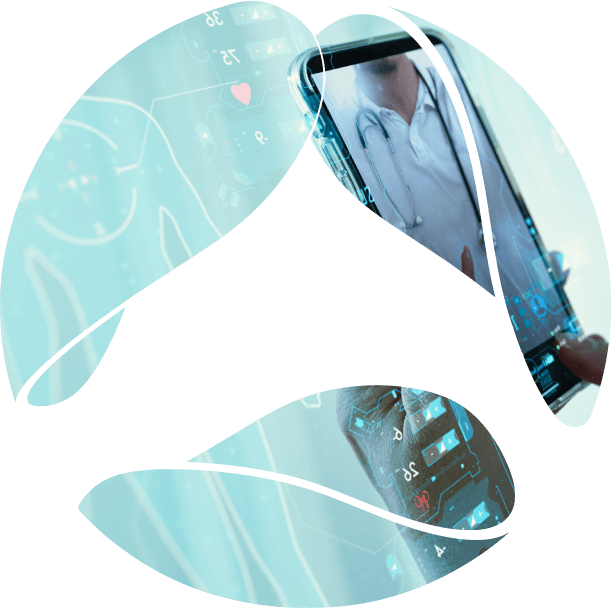
Explore the most promising healthcare technology trends and the challenges associated with them in 2023
Disclaimer: this article was first published in ITID Lviv #20 12/2022
One of the most prominent innovators, Thomas A. Edison, once noted: “There’s a way to do it better – find it.” For decades and even centuries, the best minds have dedicated their lives to making everything better, and well-being is no exception. With the arrival of the digital age, we are now as close to redefining human health as ever. This becomes particularly important for the healthcare industry and healthcare providers. Namely, because healthcare professionals are at the forefront of improving people’s lives and ensuring proper healthcare technology application.
Recent events like COVID-19 have ignited processes that are bringing humans and technologies closer together. Again, this was most visible in the healthcare sector. In a matter of weeks, various healthcare technology trends emerged and were quickly implemented. In turn, those events also exposed some key challenges with digital transformation. Innovations and challenges come toe-to-toe in a constant race toward more balanced healthcare. Now, let’s proceed to some key healthtech innovations looming in the upcoming years as well as explore the specific challenges slowing down the pace of innovation adoption.
Covering all the upcoming healthtech innovations would take ages. Which is why, there are only six major healthcare technology trends outlined below. These have the most promising prospects for 2023 and later on. Without further ado, here is a deeper dive into what awaits the healthtech industry in the nearest future.
The global IoT market is booming. With its current value at $478 billion, the market will grow six-fold and reach a staggering $2.4 trillion by 2029. Moreover, the evidence dictates that the healthcare sector is one of the key revenue streams in the context of IoT adoption (see Fig. 1).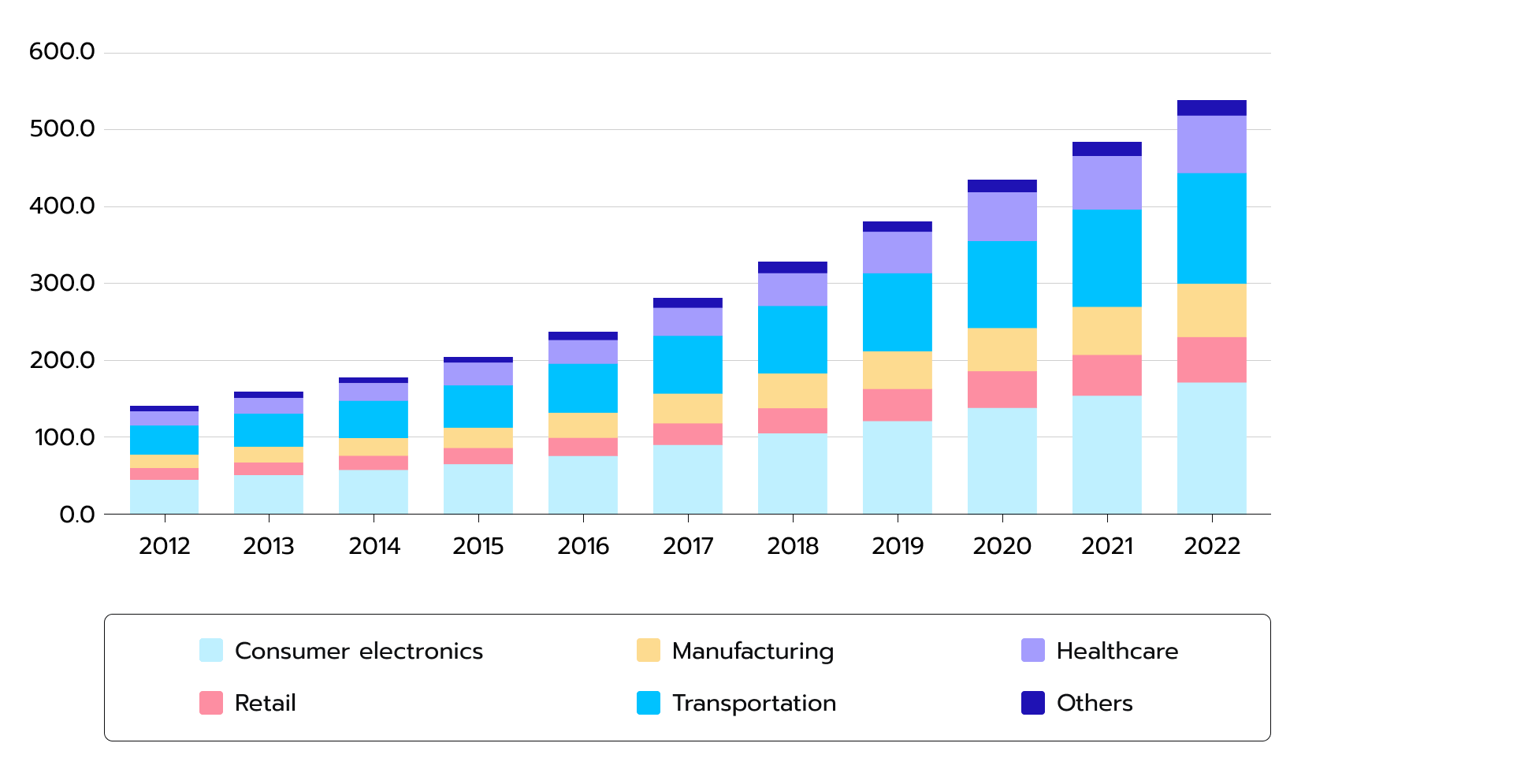 Figure 1. North America IoT market revenue by application
Figure 1. North America IoT market revenue by application
Finally, according to Gartner, about 64% of physicians firmly believe IoT can help reduce the burden on nurses and doctors. It means IoT as one of the key digital health trends, can aid healthcare providers in redesigning the manner in which healthcare services are approached.
How exactly does IoT innovate healthcare? Simply put, hospitals now have smart beds sensing patients and self-adjusting to provide the needed support without nurses or doctors intervening. Additionally, doctors use a system of interconnected devices like smart thermometers, glucose monitors, cardiac Holter monitors, and even electrocardiograms to track patient health. All these IoT-based healthcare systems improve patient outcomes. With remote patient monitoring digital health solutions, a healthcare provider can get valuable patient data in a matter of minutes. And respectively, they can make more informed decisions.
Besides, with healthcare facilities adopting the Internet of medical things, there is no need to have a dedicated nurse or staff member checking on patients all the time. The remote patient monitoring devices will offer all the necessary data and thus reduce the burden nurses experience in traditional hospital settings. As a result, they can focus on more important duties and improve the quality of patient care.
The next promising healthtech innovation is computational modeling. Coupled with Digital Twin technology, it allows researchers, physicians, and practitioners to use digital models to replicate various physiological processes within the human body. The technology is currently corroborated with IoT so as to monitor and cure CVDs (Cardio-Vascular Diseases). You can also expect the broader application of this healthcare technology trend after a period of experiments resulting in successful cases.
Yet even with that in mind, healthtech professionals want to be even more bold. An EU-funded Neurotwin project is building digital models of the human brain. The key objective is to anticipate the best treatment for epilepsy and Alzheimer’s. The ambition of this project goes as far as trying to digitize the entire human body. It grants unprecedented capabilities in identifying illnesses, designing treatments, and training medical professionals. Perhaps, in the near future, healthcare professionals will be able to work with digital copies of the human brain to understand new insights into mental health and better patient care.
Perhaps, there is no single list of healthcare innovations without AI/ML. Maybe, the fact that AI and ML are so massive in healthcare proves this is no coincidence (see Fig 2). 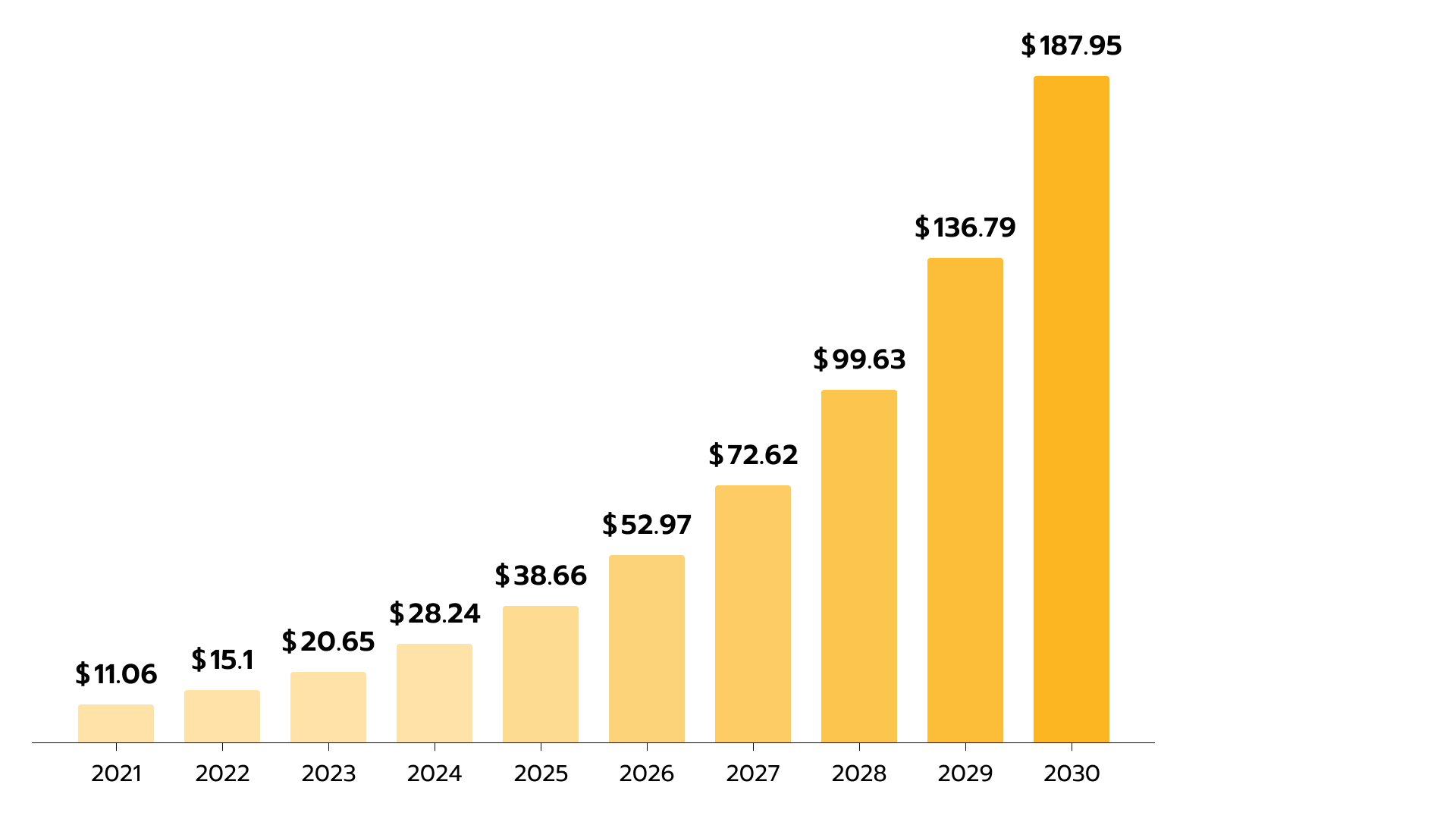 Figure 2. AI in healthcare market size 2022-2030
Figure 2. AI in healthcare market size 2022-2030
According to Forbes, when AI meets big data, it can automate nearly 80% of all physical work and 70% of data processing work. However, while there is no consensus on how much faster AI processes data compared to the human brain, you can find different sources indicating a 1000x difference. In other words, AI can help healthcare providers with patient data processing; for example, when working with electronic health records (EHRs).
AI is at the forefront of almost every healthtech innovation. There is a suggestion by Frontiers that “AI is already being used in many industries, including healthcare, to go from ‘big’ data to information, knowledge, and, ultimately, intelligence.” In other words, AI makes automation possible, helps increase the efficiency of various processes, and brings down the cost of opening doors for new tech to appear.
What about a tangible example of AI coupled with big data? In such a context, AI aided by big data brought forward notions like a pre-clinical solution (PCS), computer-aided detection system (CADe), computer-aided diagnostic system (CADx), recommendation system (RecSys), and an early warning system (EWS). These help guide clinical decisions in various contexts and scenarios. And aside from this, AI coupled with big data has already proven to be giving major promises in early cancer detection with a shallow threshold of error in the analysis.
When AI enters laboratories, people start to speak about precision medicine. And, this is currently used to identify a patient’s genetic makeup, genes, and environment. All these factors have a distinct effect on human health and researchers want to know the process. Respectively, precision medicine is one of the digital health trends that could revolutionize the healthcare industry and provide medical institutions with a new way to approach the path to improving patient outcomes.
With precision medicine, The National Center for Biotechnology Information (NCBI) states “AI leverages sophisticated computation and inference to generate insights, enabling the system to reason and learn, and empower clinicians’ decision making through augmented intelligence.” This technology is a marvel for genotype-guided treatment as it helps make drug treatments as precise as never before. And when coupled with some of the health tech trends we have already mentioned, such as Artificial Intelligence and Machine Learning, genetic data can be processed much faster than it is currently.
Right now and in the coming years, telemedicine will be extremely relevant. Notably, currently valued at $70 billion, this market is expected to reach $225 billion by 2030 (see Fig. 3). 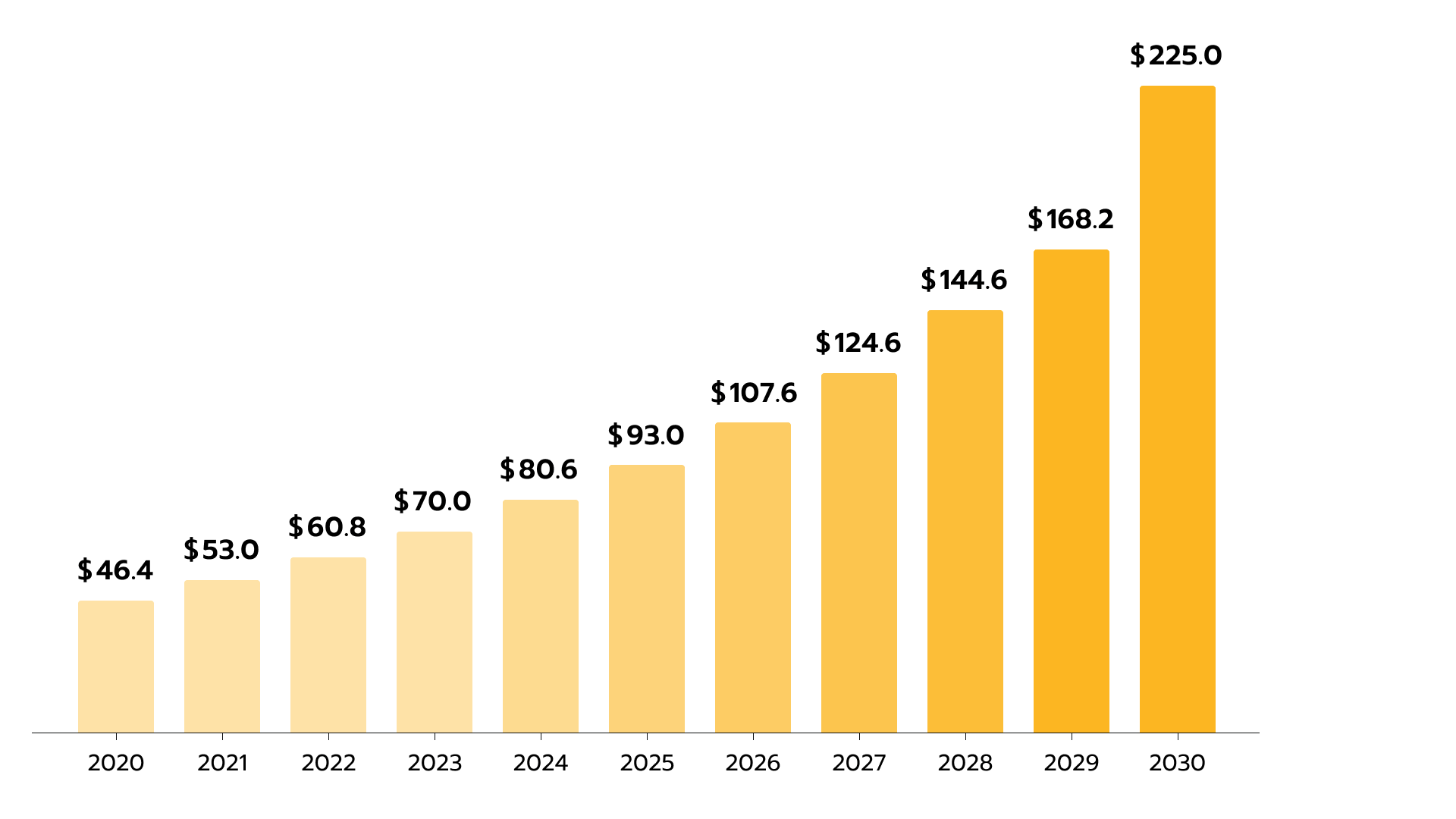 Figure 3. The global telemedicine market size, 2020 to 2030 (USD billion)
Figure 3. The global telemedicine market size, 2020 to 2030 (USD billion)
To illustrate, the Blue Cross Blue Shield of Massachusetts report indicates an average telehealth checkup lasts 10 minutes. It is 12x less time than one spent on a face-to-face doctor appointment. Not surprisingly, many providers have moved to 24/7 telehealth access. And if aided with technologies like Google’s Project Starline, it would be hard to find an area without remote access to healthcare. With wearable technology coupled with remote monitoring, there are vast prospects for improving patient access to the healthcare sector. It is safe to say with healthcare technology trends like the ones above, the healthcare industry has much to gain.
Finally, it is time to explore virtual reality (VR). This technology is an excellent entertainment tool and a groundbreaking healthtech innovation. There are VR simulators that medical professionals use to train and learn. A recent report by PwC indicates people trained with VR learn 4x times faster and are 3.7x times more emotionally connected to the lesson’s content than in a traditional classroom setting. This means using VR is a perfect fit for bringing healthcare professionals closer to what they learn.
When exposed to VR training, medical professionals said, “It makes me feel like I am dealing with real patients. However, I’m not afraid of making mistakes, which has increased my confidence and practical skills.”
As a result, from IoT to VR training simulators, the above mentioned healthtech innovations have already changed healthcare for the good and will continue to do so in the nearest future by expanding into new areas and introducing even more complicated simulations.
But, and there’s always a but, everything new comes along with certain challenges. Whether you are speaking about AI, IoT, or any other innovative technical solution, it won’t be easy to implement these technologies. Keeping that in mind, it is important to discuss the four main key challenges slowing down the pace of innovation in healthtech.
A report by SAP indicates that 84% of companies view digital transformation as vital, however, only 3% of those companies have implemented it. Digital transformation is a challenging and slow process. And then considering the Workday Global Survey, it reflects that it is slowing down even more. As a result, the slow pace of digital transformation means that the adoption of healthcare technology trends won’t be able to keep up. Respectively, even if you design and make the most of an innovative device, the chance that it can be mass produced is low.
Basically, people don’t like change and don’t trust machines. Don’t get us wrong, these fears have a foundation. Recently, a major provider, Broward Health, suffered a data breach leaving the data of 1.3 million patient records exposed. That is why accepting innovation requires a long trust-building process. Any new technology should be safe, secure, and transparent. To make it happen, the EU has imposed stricter cybersecurity measures, particularly the ones regulating IoT. Moreover, from a global perspective, professionals agreed that cybersecurity would be a top priority for 2023 and beyond.
Adding to that, data breaches come at a great financial cost. According to HIPAA, an average data breach in healthcare costs about $9.23 million (see Fig. 4). 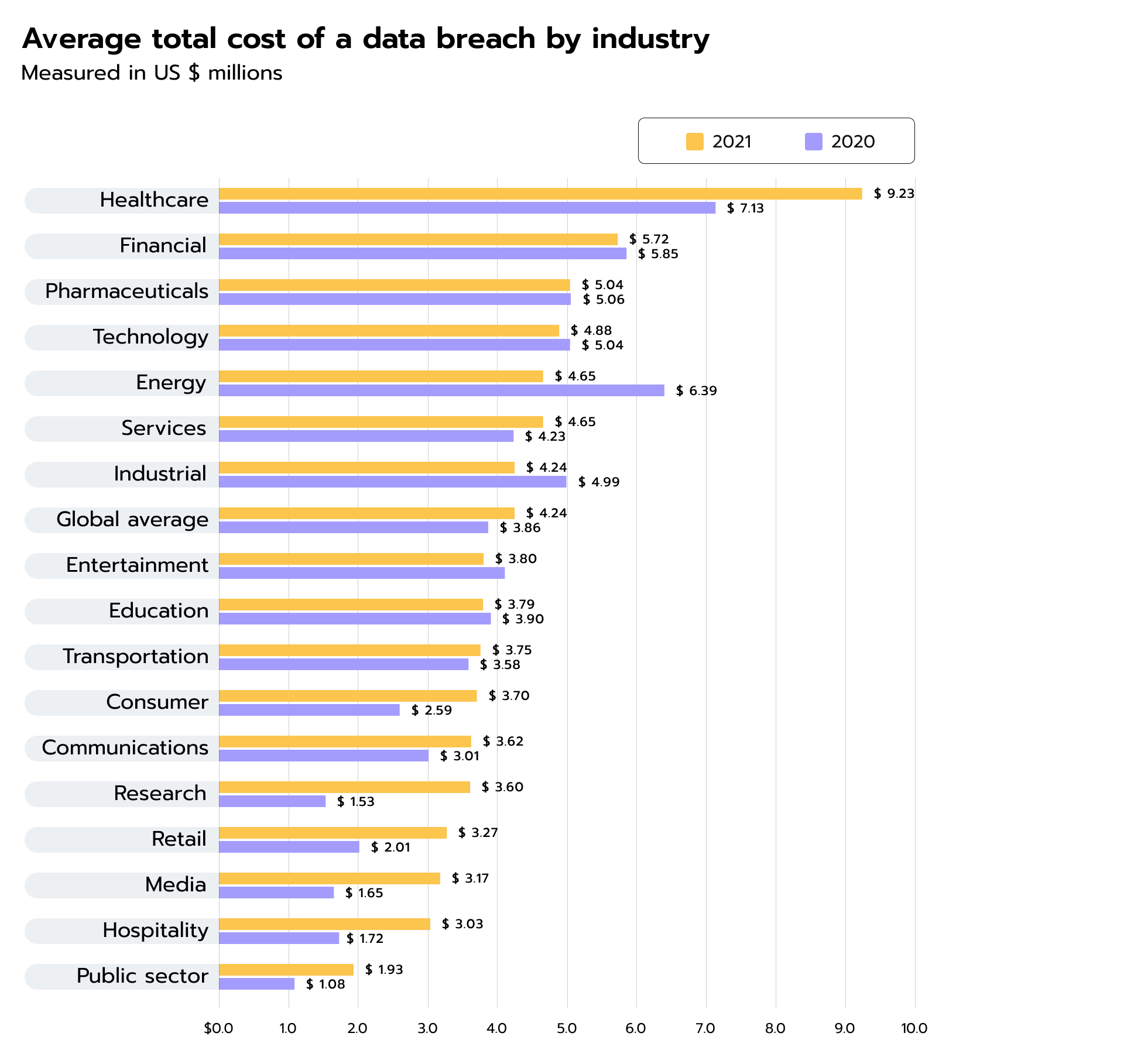 Figure 4. Average total cost of data breaches by industry in USD million
Figure 4. Average total cost of data breaches by industry in USD million
This means that data breaches bring not only the burden of losing sensitive data, but also a financial burden. Likewise, when coupled with the fees for noncompliance, which can be as high as $50,000 per single incident, you can quickly see how data breaches become a massive challenge. As a result, while new health technology trends bring innovation, they also might thwart data security. Which is why innovation should come hand-in-hand with effective data protection measures.
This is a major challenge with innovation. Simply put, regulations cannot keep up with innovation. Now, consider some numbers:
Yet, you cannot accept innovation without regulation. Finding the balance between the two is the greatest challenge of all.
With imbalanced regulation coupled with the low pace of digital transformation, it becomes virtually impossible to redefine the healthcare industry with digital health trends. So, balancing regulations with technology adoption should be at the forefront of any existing initiatives directed at bringing healthcare technology closer to healthcare professionals and patients.
Finally, while AI can handle vast amounts of data, it doesn’t actually mean you can make sense of the results. The IDC estimates that about 90% of all large datasets are unstructured. In other words, people generate data at a greater pace than algorithms can meaningfully process it. Because of this, driving insights from real-world data (RWD) and real-world evidence (RWE) becomes challenging.
Processing a vast amount of unstructured data requires massive computational capabilities and human expertise. In this case, developing methods that can help structure and organize the data is crucial. This also means creating easier access to structured data, so that healthcare providers can easily connect with it and use it to improve patient care.
All in all, healthtech innovations are trying to push healthcare forward. In turn, things like regulation and compliance are trying to slow down the pace of innovation; and there is an inherent logic in that. If innovation pushes too hard, there will be new cases of patient safety, a lack of data security, and privacy concerns. Yet, if the challenges mentioned earlier slow innovation too much, patients and doctors won’t get a chance to benefit from it.
Humanity needs to find a golden middle and cause innovation and regulation to reach a consensus. With the world’s complexity increasing, we have to find even more sophisticated solutions. As Albert Einstein once said: “You can’t solve a problem on the same level that it was created.”
Keeping all the above insights in mind, Avenga can help you navigate the complex work of healthtech innovation. Contact us and see what brilliant technologies are adoptable at the moment.
Ready to innovate your business?
We are! Let’s kick-off our journey to success!